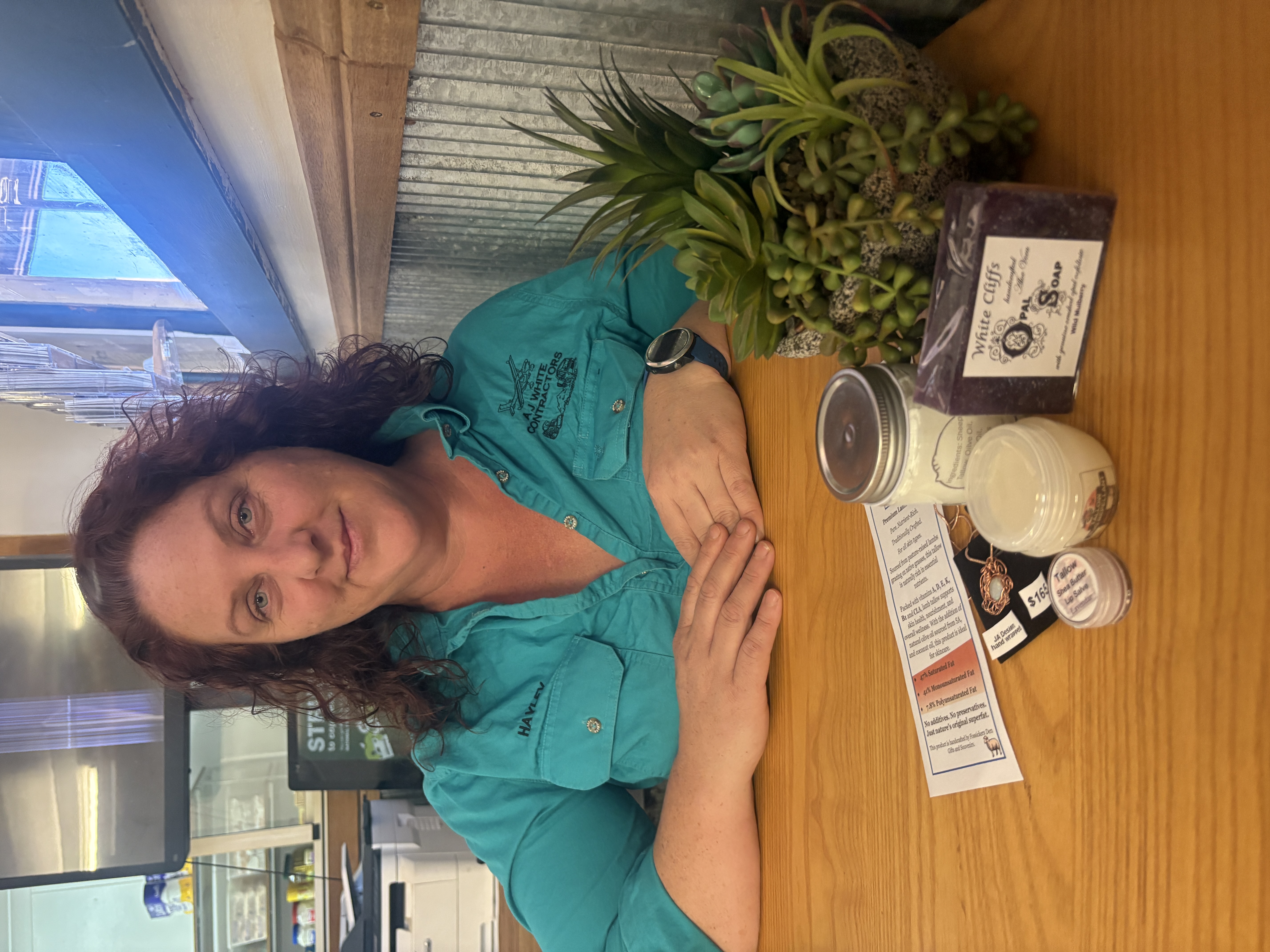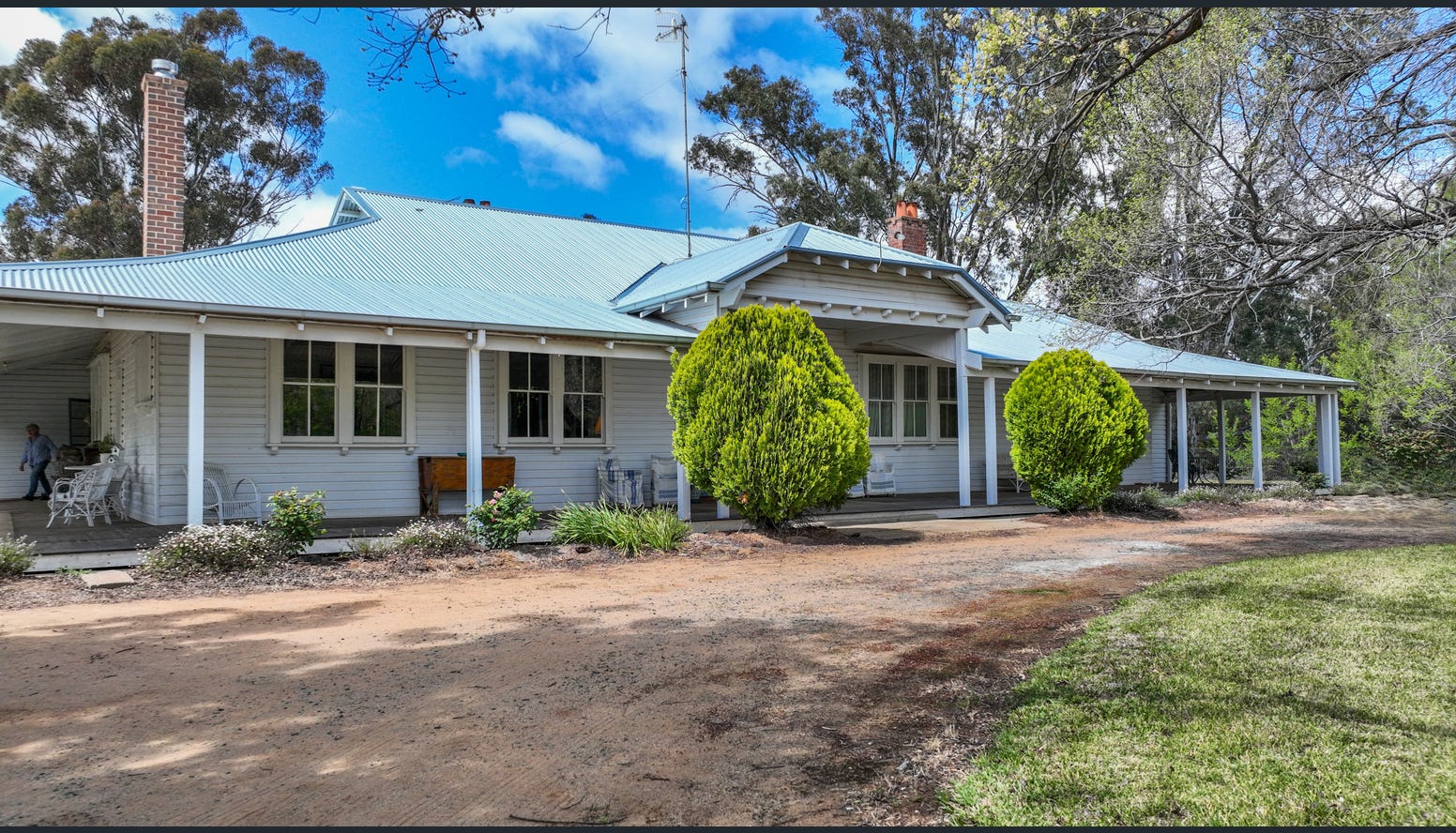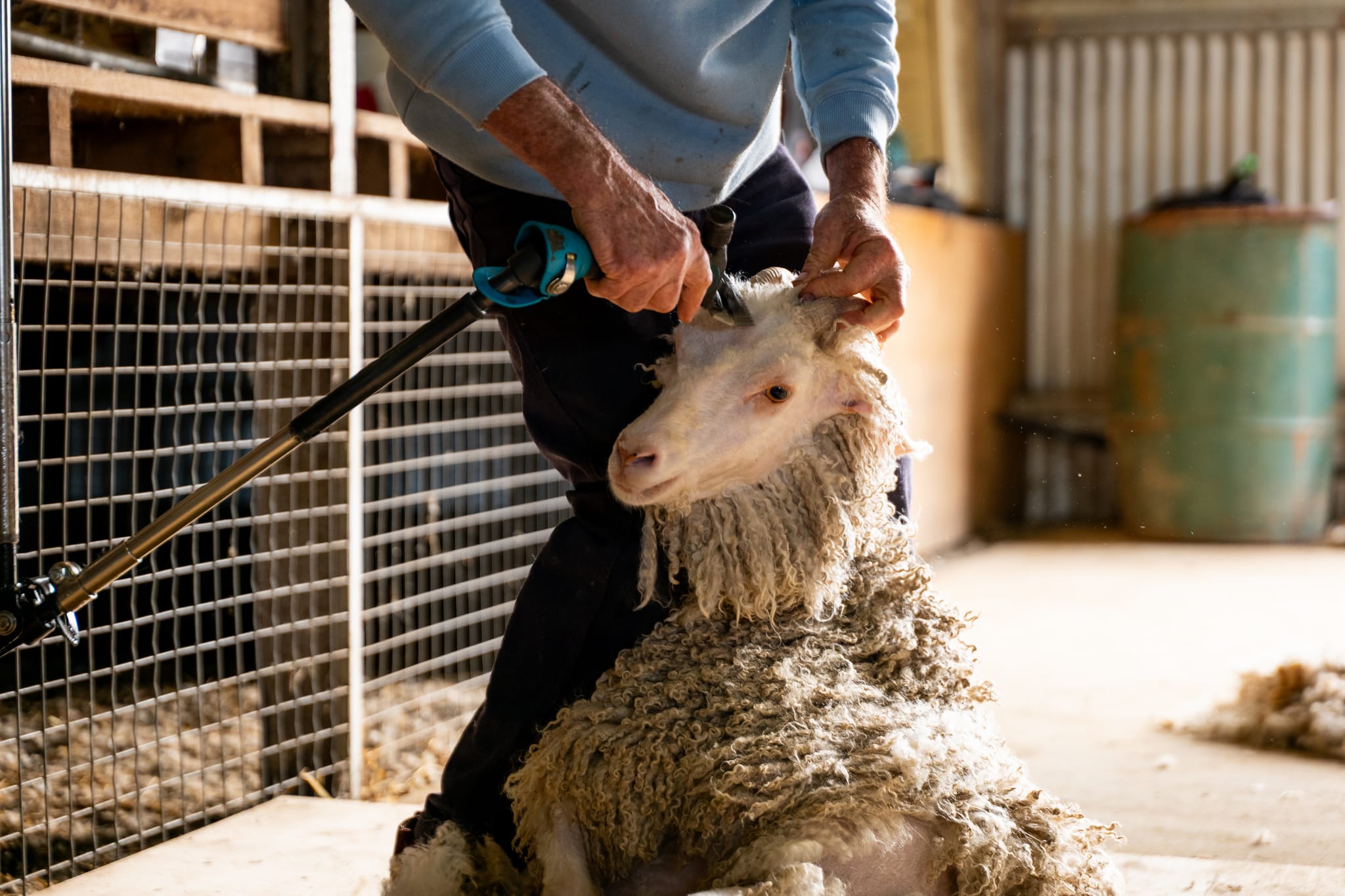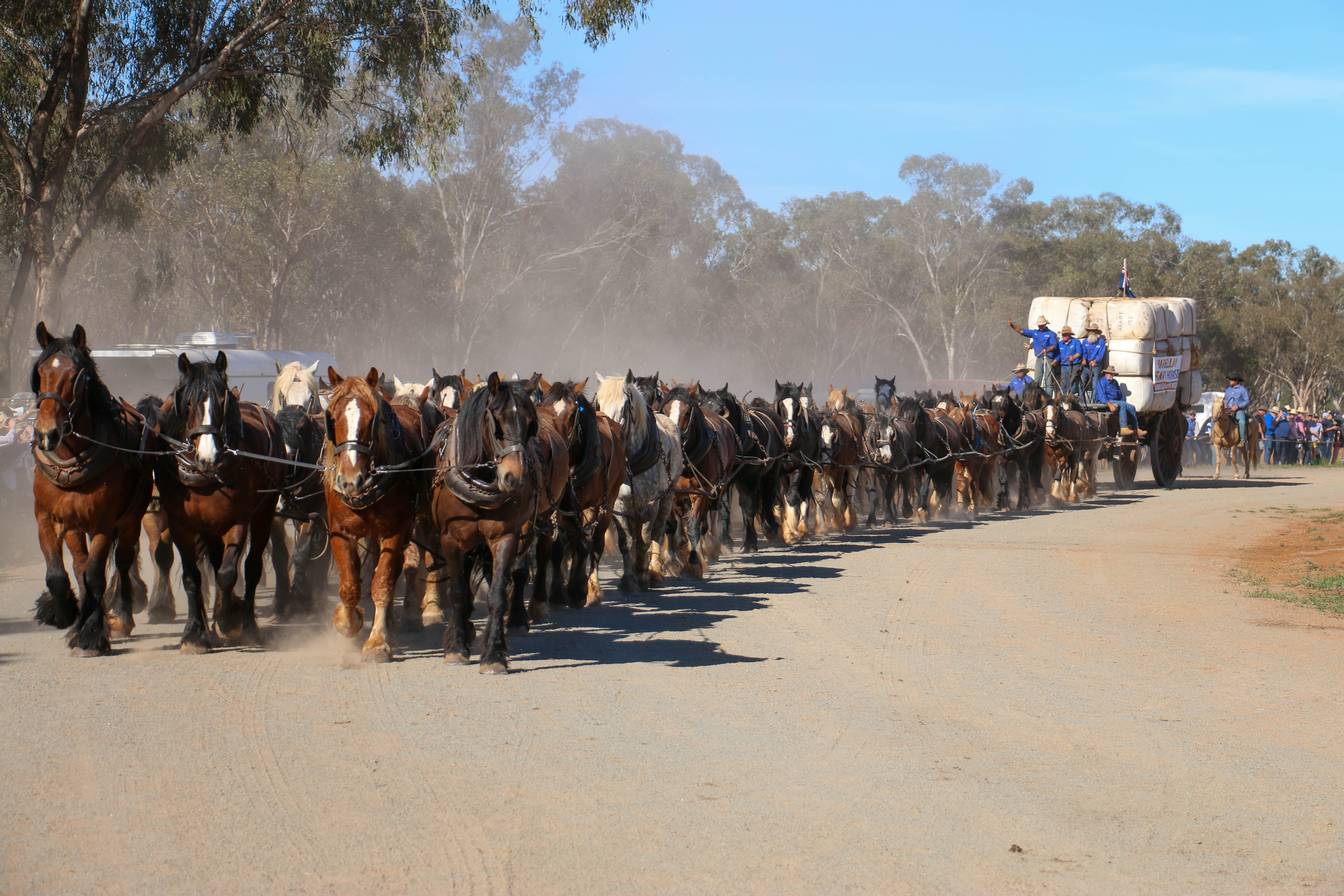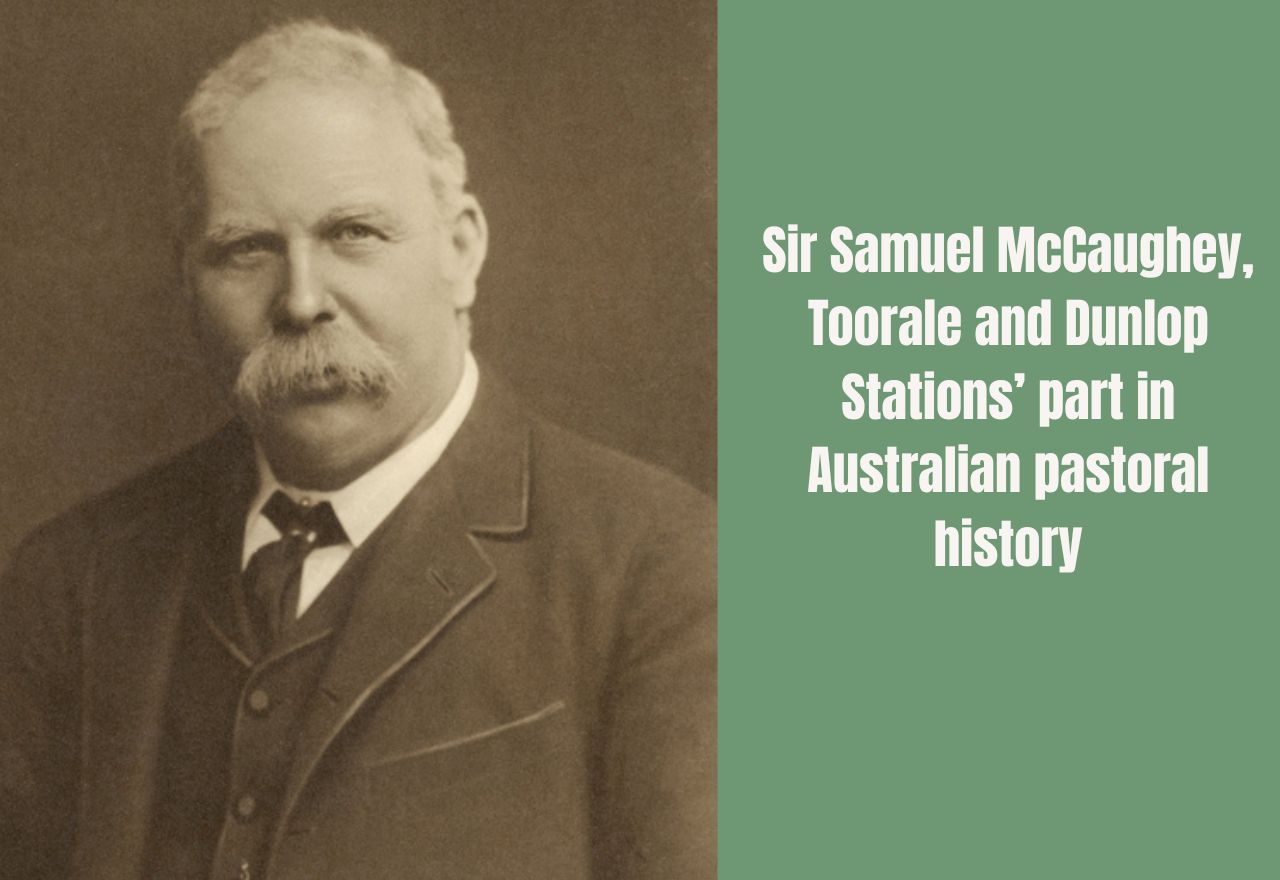"I've got my super in it": The opal mining ban that's rocking White Cliffs
Krista Schade
24 October 2025, 4:30 AM
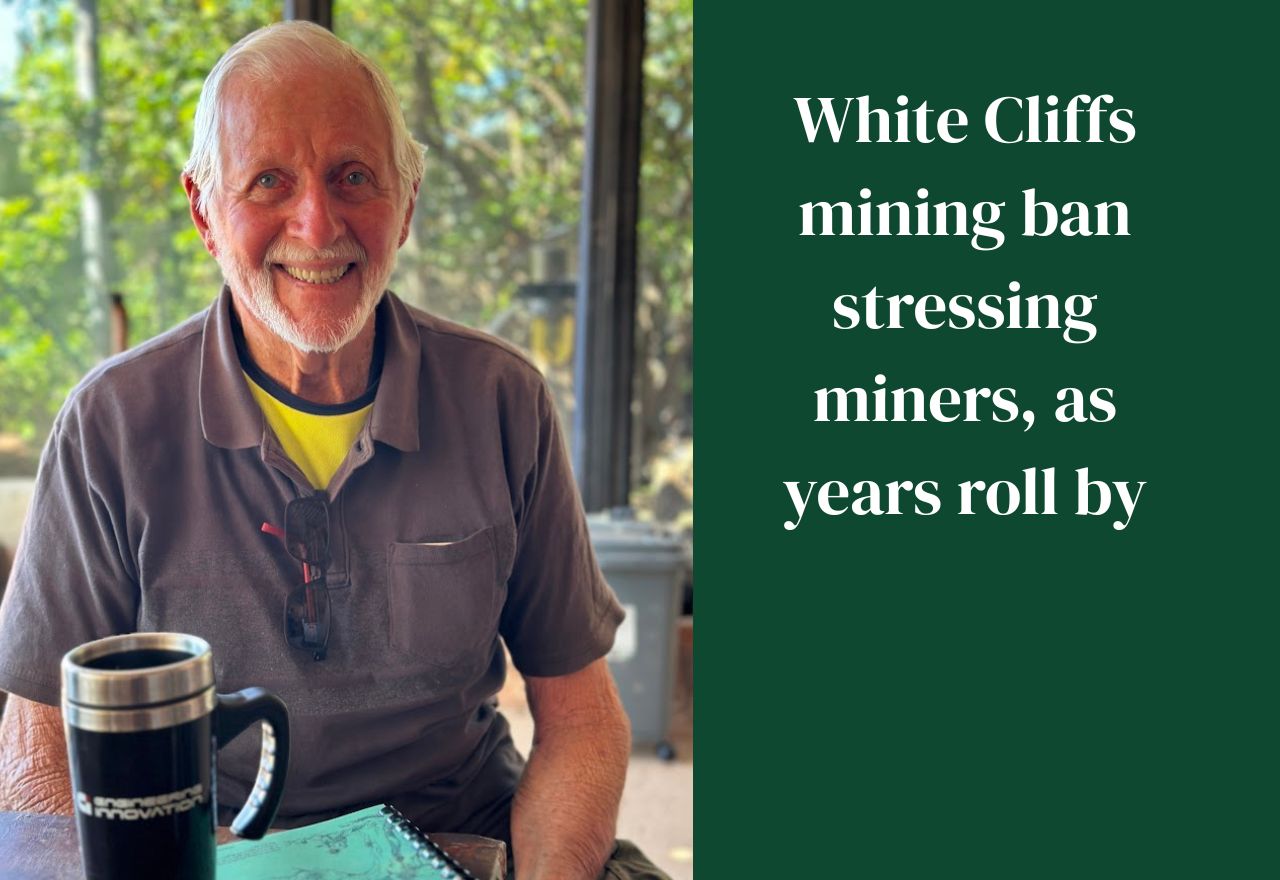
The White Cliffs mining ban putting super and lives at risk.
In short:
- Veteran Shift: Retired Victorian Police Officer, John McCaskill, fulfilled a lifelong love for opals by moving to White Cliffs and building a custom dugout home on Smith’s Hill.
- Economic Halt: John has not been able to generate income from his mining operation for years, as the registration of new claims and leases is stalled due to ongoing Commonwealth native title determinations.
- Health and Finance Risk: The inability to mine has led to significant financial stress, impacting miners' health; John's mining partner, also an ex-copper, recently died following a stroke linked to the worry of the situation.
John McCaskill is a retired police officer, with 30 years’ service to the Victorian Police Force. He is quietly spoken, with the enviable legacy of a childhood spent at the foothills of Mount Buller.
Entering the police at the tender age of 20 years, he travelled extensively for his work, and learned to fly, journeying across Australia in light aircraft.
His love for gemstones and opals has taken him to many fields across the country, but like many before him, White Cliffs captured his heart.
“I started coming here in the mid-70s,” John told me. “I came here with a mate called Jack, and I started visiting more and more. I spent my long service up here.”
“I was mining with Graham Welling (White Cliffs’ former publican), because we came good friends from coming from the same area in Victoria. And we actually worked out with a lot of talking that we were taking out the same girl out at the same time. We were only young bucks at the time, you know.”
John created a dugout home on Smith’s Hill, and set about mining the precious opal that is exclusive to the tiny outback NSW town.
The home started out just like any traditional build, with a floorplan in mind, but the unique underground homes mean the process can quickly adapt.
“I was going to leave a big pillar in the middle and had the rooms going off around that,” John said
“But it just seemed like all of work, and one day I was sitting and having a sandwich for lunch and I drew another plan in in the dust, and that's what I stuck to.”
“I've got two bedrooms a lounge, dining room and a kitchen, and another tunnel leading down to the bathroom. It leads outside too, for safety.”
While friends helped out the start of construction, by digging with a front-end loader, a lot of the work is done by hand, with pick, shovel and wheelbarrow.
“But the main reason why I was here is because I was just went crazy on mining,” John said.
“When I was a kid, I used to go panning for the gold and that sort of thing but I got really tied up with opal, and it’s been successful, up until about six years ago when it all ended.”
John claims the stress of halting of any new mining leases has caused economic stress on miners, to the point it has impacted their health.
“My mining partner – another ex-copper – he’s also a jeweller. He had a stroke 12 or 18 months ago and it killed him. That’s the worry of all this business.
“We’ve all got money in it. I’ve got my super in it, but my machinery just sits out there in the opal field because I can’t mine. I’m not allowed.”
John explained the existing working mines can continue, but no new claims can be registered, while the impact of Commonwealth native title determinations on NSW leases is decided.
“I'm not allowed to peg a claim,” John explained.
“Anyone who was caught between leases when they suddenly changed their minds hasn’t been able to make an income for all those years.”
Mining leases at White Cliffs are 50 metre square plots, and in the past miners would take a punt on an area to be rich ground, peg it out and register it with the NSW Government. Mines that were unproductive sometimes became dugout homes, or else were abandoned, and the miner then searched for the next good-looking piece of ground.
Due to the complexity of the native title determination over the area of the White Cliffs opal fields this process has stalled, leaving miners without an income for many years.
In Australia freehold ownership extinguishing native title, meaning it cannot be claimed, but in White Cliffs – despite promises by former NSW Governments – land was never converted to freehold ownership.
Read more:
Dugouts Crisis: Native Title Extinguishes Freehold Dreams
White Cliffs Opal Mining Future HELD UP: Native Title Bureaucracy & Mental Health Concerns
NEWS
RURAL
